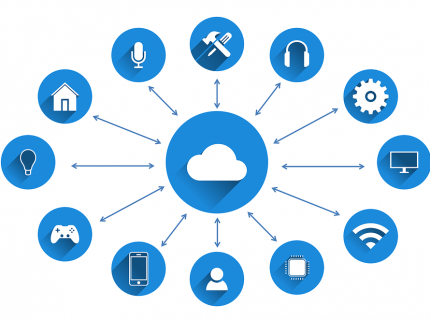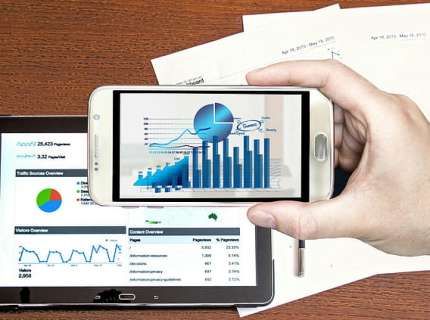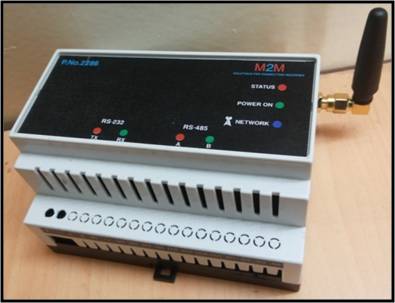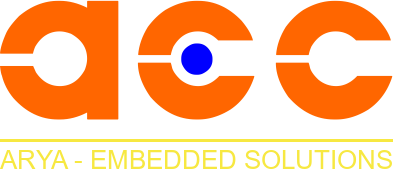IOT- Internet Of Things
Internet of Things is a new rvolutionary technology where electronic devices are connected wirelessly either to a smartphone/tablet or to the cloud/remote server. The device measures data with the help of its sensors and transfers it to the connected smartphone/tablet or cloud for further processing of the data or control actions if required. The data sent can be then analyzed using intelligent algorithms for actionable insights.
IoT devices, or any of the numerous things floating in the internet of things, are nonstandard computing devices which connect wirelessly to a network and can transmit data.
These devices can communicate via the internet and can be remotely monitored and controlled as they are Embedded with technology.
IoT technology stack and start with three layers. The first layer is the IoT device level; as without accurate sensors, actuators and IoT devices, there will be no accurate data and without which no Internet of Things, leaving aside all the IoT projects or products/services. Second layer is the IoT gateway, which deserves a spot as a layer and certainly in an overview of the IoT device layer with which it is strongly connected and for which is an important level towards the next steps of usable data and business applications or consumer applications and services. The third layer is the IoT platform layer where the actual connection with the business and consumer applications and services, as well as the development of these services and the management and interconnection with the first two layers takes place.
IoT bridges the gap between the physical world and the digital world and that starts with things. There are a number of IoT devices in a broader sense, some sit at the edge of the network where actual connecting of things happens. The others include IoT gateways which allow to actually work with all the data coming from ‘IoT-enabled’ things or connected products. However, we won’t count IoT gateways as IoT devices as some people do, it’s a completely different IoT technology layer and not even necessarily hardware.

IoT Devices: Sensors
Sensors exist since a while before the IoT in its current meaning and are ubiquitous in, for example, buildings, factories, energy and many more.
In all these cases sensors are part of the digital data backbone of connected and intelligent solutions. Anything ‘smart’ and IoT-related is built upon sensors and different types of transducers.
A sensor is a device that measures, detects or indicates any specific physical quantity such as light, heat, motion, moisture, pressure, or similar entities, by transforming them into any other forms like, electrical pulses
A transducer converts a signal in a form of energy into a signal in another form. In a context of IoT sensors, this simply means that sensors can sense conditions in or around the IoT device in which they are present and in and around the (state and environments of the) physical item to which they are attached. Sensors can detect the events or changes in the environments and for the purposes for which they were designed and communicate about these events or changes of specific parameters to systems and other devices which then can use this data for actions, analysis and so forth.
Among the environmental parameters, factors and events that sensors can ‘sense’ and communicate about are parameters such as sound, temperature, humidity, presence of specific chemical components or gases, light, occupancy (e.g. of a room) and much more. Sensors are one of the most essential IoT components and need to be very accurate as they are where the data gets captured, to begin with.

IoT Devices: Actuators
Actuators work as transducers, just like sensors.While sensors sense and send, actuators act and activate. The actuator recieves a signal and sets in motion what it requires to set in motion to act upon/within an environment. In a sense you could say that an actuator does the opposite of a sensor and it’s at least as crucial, even if today what most companies do is acquiring and analyzing data, far less using data as triggers to make ‘something’ happen in the physical world where quite some value resides and not just in the scope of automation but also in consumer IoT applications.

